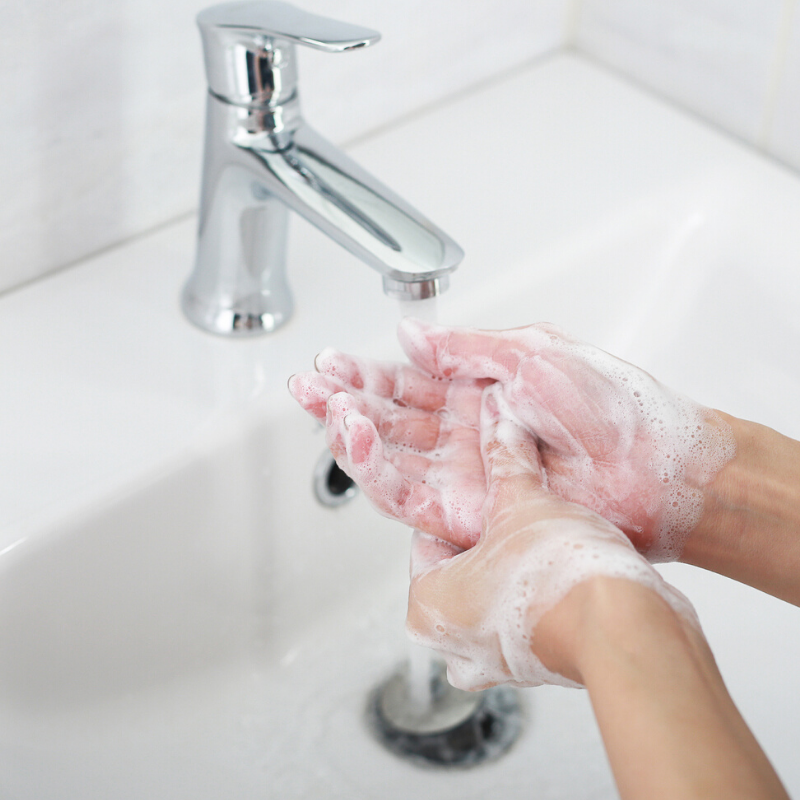Employer guide: Your duty of care
As the COVID-19 pandemic continues to unfold, employers need a clear understanding of their duty of care to their employees.
Employers may already be familiar with these responsibilities, which primarily fall under the Work Health and Safety Act 2011 (and/or relevant State OHS / WHS Act’s).
However, the COVID-19 pandemic is unusual in that it requires employers to ensure their duty of care is being met during a time of widespread uncertainty and rapid change. Employees may be asking new questions about their health and safety at work: questions that employers will need to answer quickly and at scale across the workforce.
Now, more than ever, employees need employers who have their health and safety as the top priority.
This document outlines the primary duty of care obligations of employers, with a focus on issues arising due to COVID-19.
Your primary responsibility as an employer
Under the Work Health and Safety Act 2011, employers are required to ensure the health and safety of employees and others at their workplaces, as far as is reasonably practicable.
As part of this responsibility, employers must identify hazards at the workplace and associated risks and act on them. This needs to be done by implementing control measures that eliminate or minimise those risks.
How to manage the COVID-19 risk in your workplace
Before any reported outbreaks of COVID-19 in your workplace or workforce, risk management focuses on prevention, preparedness and clear communication.
1. Update employees daily
Start by circulating a daily update about your organisation’s COVID-19 approach. This could include:
- an update from the Australian Government Department of Health (health.gov.au) and/or Australia’s Chief Medical Officer
- an overview of current (and/or updated) organisational policies and measures for hygiene, cleaning and infection control
- educational information on enhanced hygiene, hand washing with soap and water (frequently and for at least 20 seconds), and cleaning or infection-control procedures.
2. Identify and control risks to employees
- Closely monitor official advice, such as updates from the Australian Government Department of Health (health.gov.au) and/or Australia’s Chief Medical Officer.
- Regularly review organisational policies and measures for hygiene, cleaning and infection control, and employee education. New pandemic information is emerging frequently.
- Identify employees and work activities at greatest risk of spreading infectious disease.
- Encourage ill employees to stay away from work while they are unwell.
- Remind employees of the self-isolation rules. Currently you must self-isolate (self-quarantine) if any one of these apply:
- you have COVID-19
- you have been in close contact with a confirmed case of COVID-19
- you arrived in Australia after midnight on 15 March 202
Note: These rules are updated often so make sure you source the most current Government health advice.

3. Update your definition of a safe physical workspace
Employees have a duty to take reasonable care for their own and others’ health and safety. This includes practising good hygiene.
During the COVID-19 pandemic, employers should heavily promote frequent and thorough hand washing, provide hand sanitiser where soap is unavailable or impractical, and arrange for more rigorous cleaning of high-touch surfaces or objects. These might include shelves, door handles, workstations or customer service areas.
Ensuring safer physical workspaces during the COVID-19 pandemic could also include:
- Supporting employees to practise social distancing
The primary way COVID-19 virus is transmitted is through droplets in the air. Currently, a space of 1.5 metres between individuals is the distance believed to lower the risk of transmission in this way. - Changing how meetings are managed
If meetings must be held in person, try stand-up meetings in a larger space, or outdoors where it is easier to practise social distancing. - Reducing the number of situations that put employees in a heightened risk category for COVID-19
Most organisations have now halted all work-related travel and are allowing employees to work from home where possible.
Think laterally about actions to reduce situations that put employees at risk in the workplace. Are they touching products handled by the public? If so, provide gloves. Are they handling cash? If so, ask customers to pay with contactless card systems where possible. Provide signs that explain these practices to customers.
4. Manage reported cases of COVID-19 swiftly and appropriately
Immediately notify your workplace health and safety (WHS) team or nominated WHS representative of any confirmed or suspected cases of COVID-19 in your workforce or business environment.
Any confirmed COVID-19 case in your workplace or workforce must trigger upgraded containment, cleaning and communication actions. It will also likely result in isolation or quarantine timeframes for at least some employees.
A confirmed or suspected case of COVID-19 includes employees who fit any one of the following categories:
- travelled overseas or affected regions* but have no symptoms
- travelled overseas or affected regions* is are experiencing flu-like or respiratory symptoms
- been in close contact with a confirmed COVID-19 case
- been in close contact with anyone who has been in a public place with a confirmed COVID-19 case
- contravened any current health directives about self-isolation, such as not self-isolating for 14 days after arriving in Australia after midnight on March 15, 2020.
* Note: the definition of affected regions is changing often. Refer to health.gov.au for updated information.
If a case of COVID-19 is confirmed in your workforce:
- instruct the individual to follow medical advice and remain isolated until they have fully recovered and obtained medical sign off
- identify and advise anyone who may have been in close contact with the individual to follow Department of Health advice on self-isolation, and to monitor their symptoms
- immediately arrange cleaning and disinfection of all possible exposure areas and common areas in the building/s the individual has been in contact with. Do this for both confirmed and suspected cases.
The COVID-19 pandemic is a rapidly changing situation. Please closely monitor advice from the Australian Government Department of Health (health.gov.au) and/or Australia’s Chief Medical Officer.
Download a pdf version of this guide









